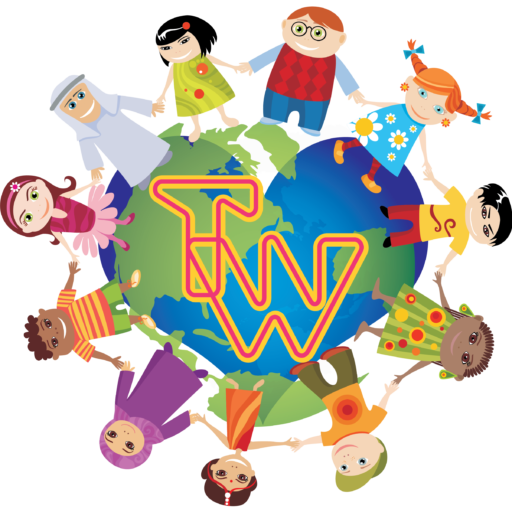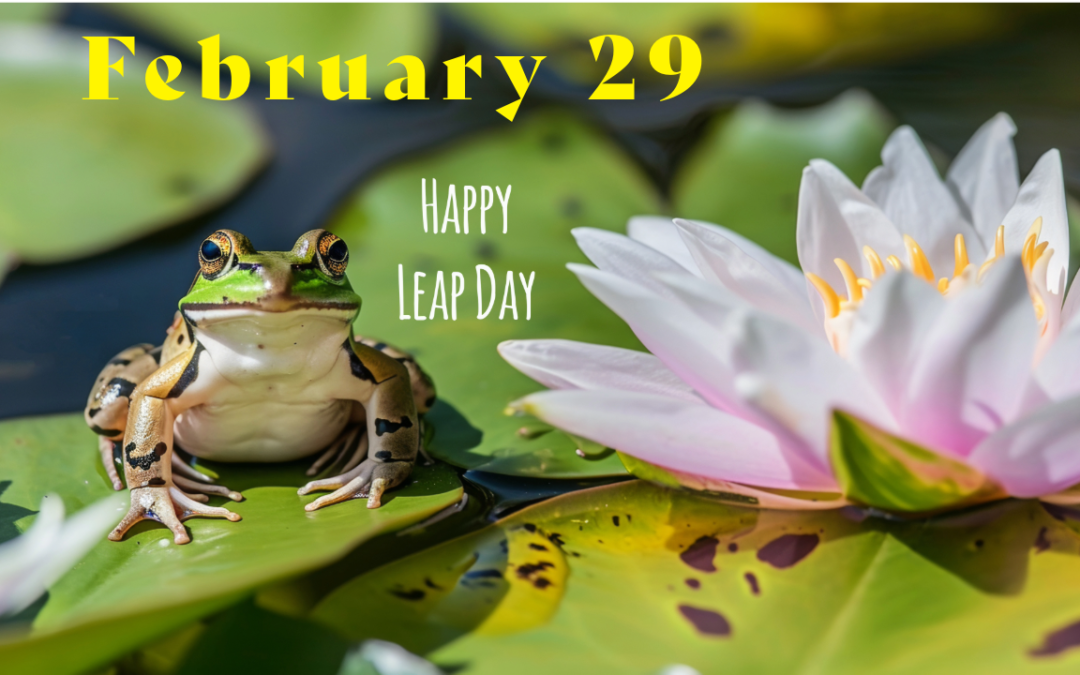Do you know why we have Leap Years and why they are called Leap Years?
Some think this is a day with a special energy or a tradition. We believe that leap year occurs once every four years, but that’s not always the case.
So, why do we have a Leap Year?
Calendar years are usually 365 days long. They are defined by the number of days it takes the Earth to complete one orbit around the Sun; however, the exact number is 365.242190 days, or 365 days 5 hours, 48 minutes, and 56 seconds.
This means the sidereal calendar is a little longer than the calendar year, and those extra hours need to be accounted for so that the seasons do not drift.
If you add them up, these hours will give one day that can be added every four years to adjust the sidereal calendar and align it with the calendar year.
So, is the issue solved? No! It is not. When we add the days, hours, and minutes from the sidereal calendar, the exact sum is 23.262222 hours—so rounding strikes again!
The universe likes exactitude; adding one Leap Year every four years, we still have a 44-minute difference, which may affect the seasons in the long run. Actually, in the very long run, we skip the Leap Year in 1700, 1800, and 1900. In 2000, we had a Leap Year, so the next one to skip will be 2100. Okay, you don’t have to remember it.
Why is it called Leap Year?
A year is commonly 52 weeks and one day long. That means if your birthday were on a Monday one year, the following year it is on a Tuesday. However, when we add a day to the year, our birthday “leaps” over a day. So if your birthday was on a Monday, it’ll be on Wednesday next year.
Moreover, if your birthday happens to be February 29, that doesn’t mean you only celebrate a birthday every four years. You can add the tradition of changing it to March 1 for the other three years and continue to have a birthday party every year.
The good news is that the seasons of the year and our traditions will always happen when they have to happen thanks to leap year.
Source: https://airandspace.si.edu/
Traditions of the World® is a registered trademark of Magic Masterminds LLC.

